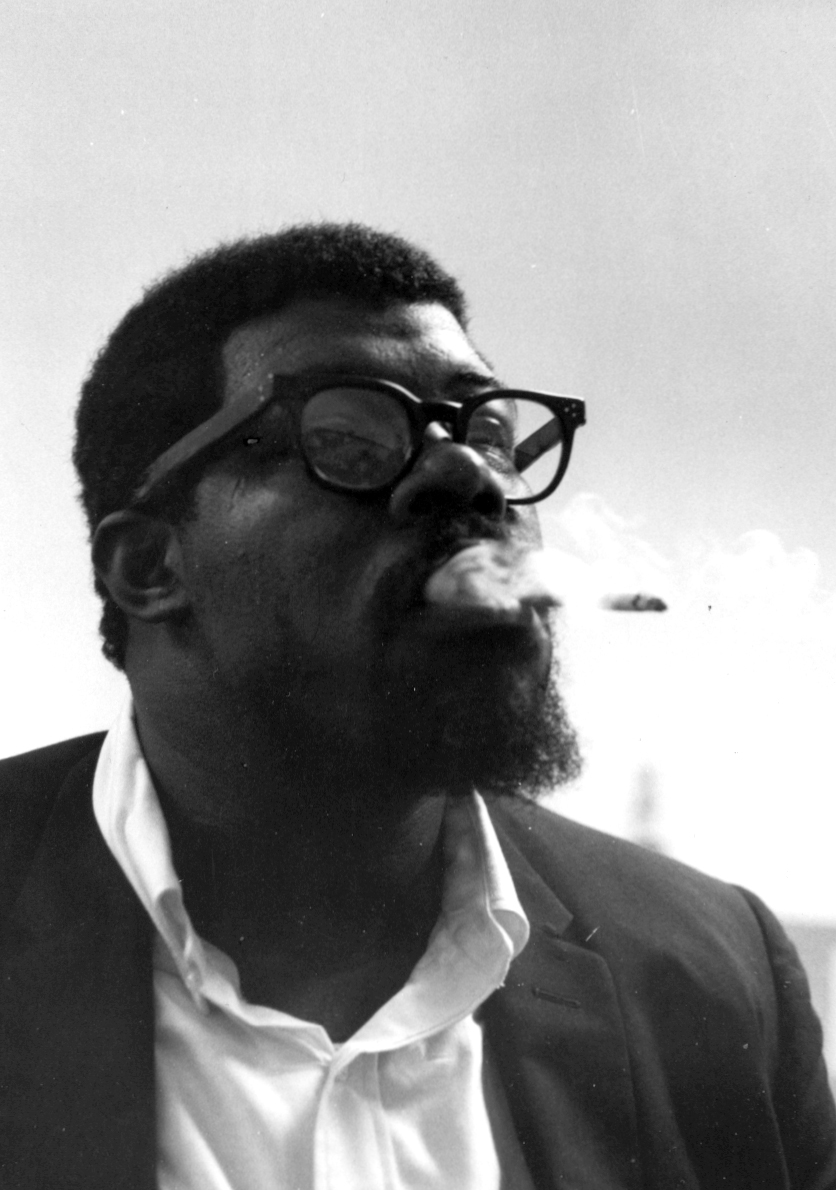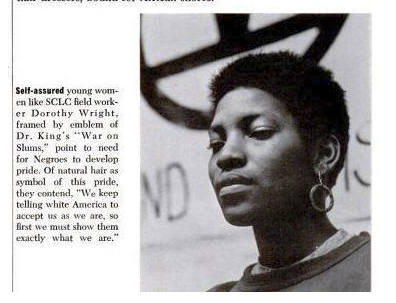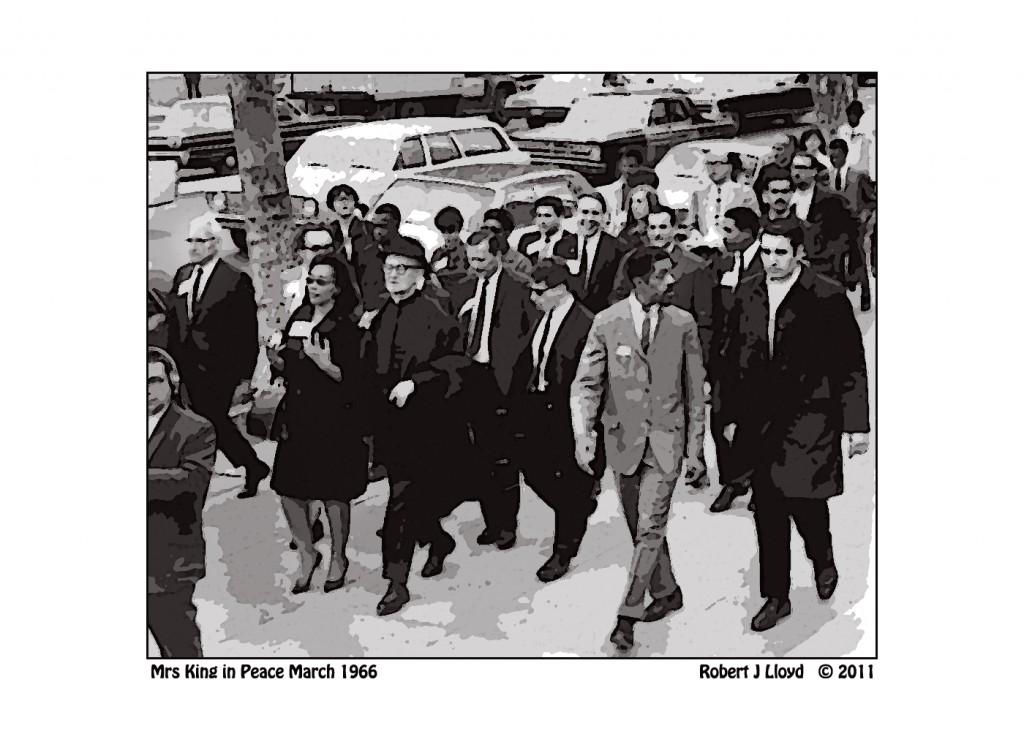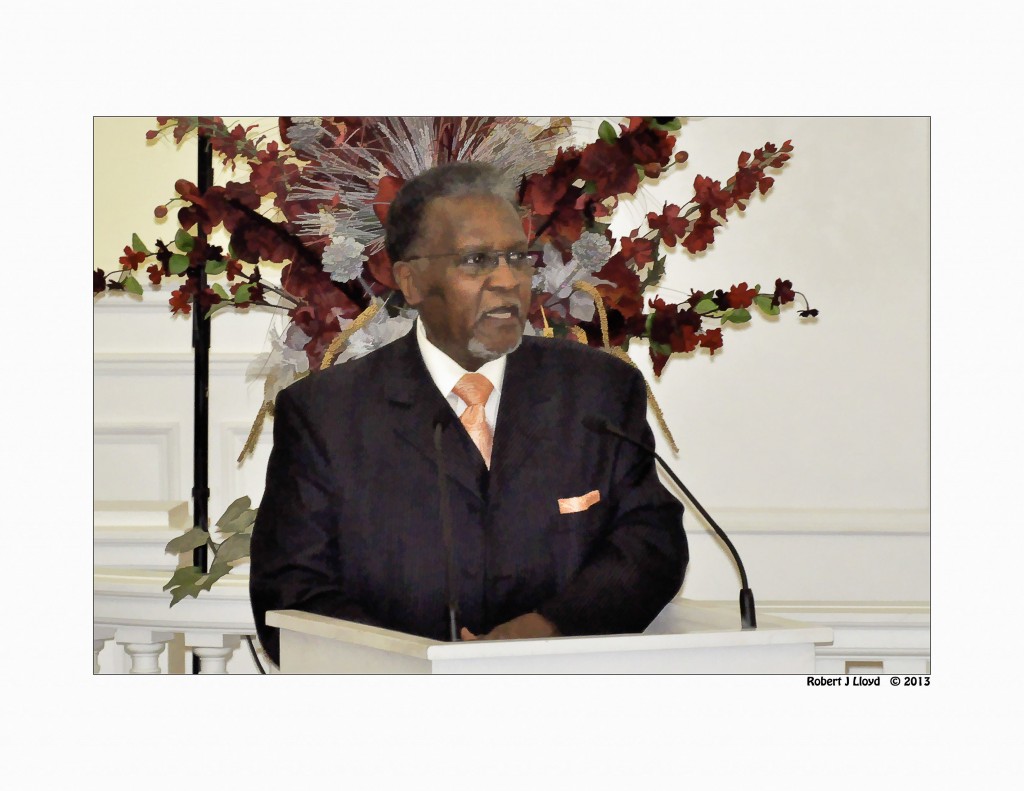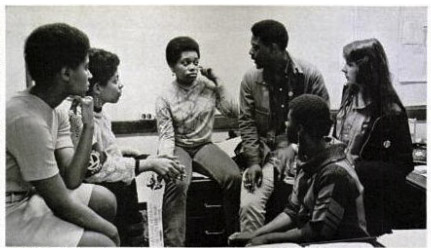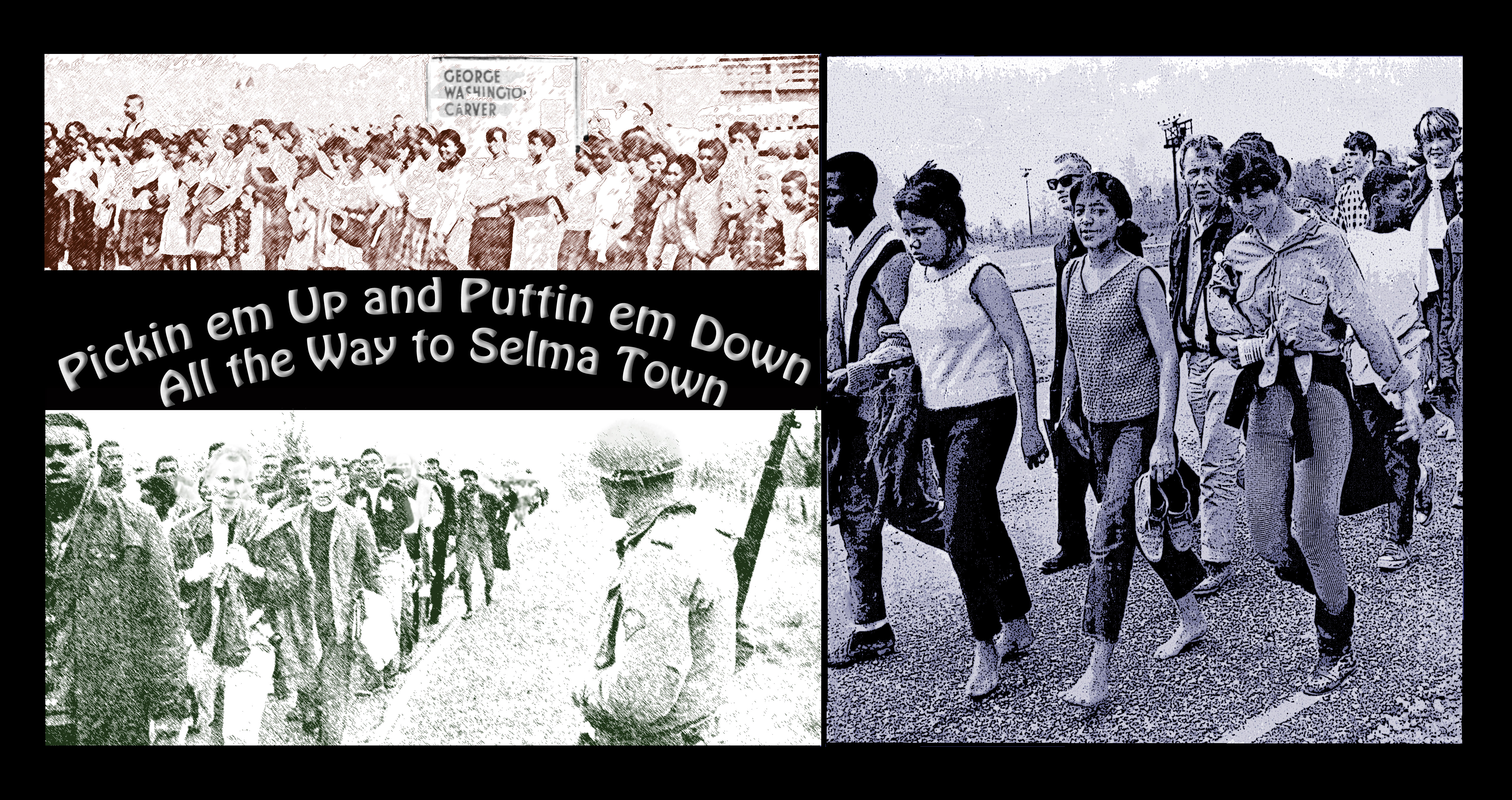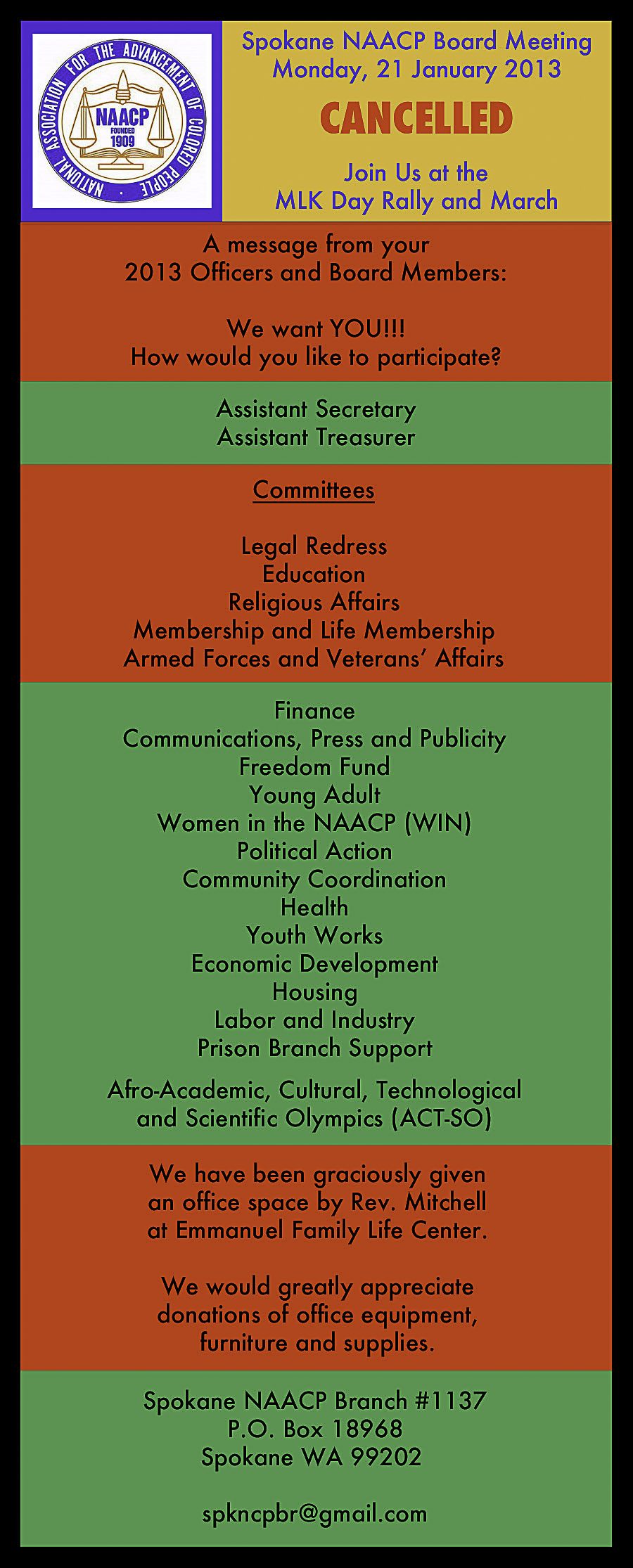Albert “Al” Sampson was born on this date in 1938. He is an African-American activist and minister.
Born in Everett, Massachusetts, he graduated from Everett High School in 1956, where he won the high school oratorical contest his senior year. While attending Shaw University, he was called to the ministry and received his B.A. in 1963. During that time, Sampson was president of the Shaw student body and the campus, city, and state chapters of the NAACP. He was arrested during Raleigh’s student sit-ins and was selected by his fellow students to introduce the first public accommodations bill in North Carolina history.
He became involved with the Southern Christian Leadership Conference (SCLC) in 1962 and served as campaign manager for Leroy Johnson, Georgia’s first Black state senator. Sampson was ordained by Dr. Martin Luther King, Jr., at Ebenezer Baptist Church in 1966. He earned his master’s degree in cultural studies from Governors State University in 1973 and his master’s of divinity from McCormick Theological Seminary in 1977. He also worked with the Reverend James Bevel to help organize Resurrection City for King’s Poor People’s Campaign.
He was Martin Luther King’s National Housing Director, traveling to Europe to look at Industrial Housing Systems. He brought the first model affordable home to Chicago’s West Side in a joint venture with the Amish Community of Nappannee, Indiana.
Reverend Sampson became pastor of Fernwood United Methodist Church in Chicago in 1975, where he continues today. He played an important role in the campaign of Mayor Harold Washington as a member of the Task Force for Black Political Empowerment.
Sampson is president of the National Black Farmers Harvest and Business Trade Cooperative and serves on numerous boards and organizations that stress the economic development of the Black community. Sampson is a former board member of the largest Black-owned bank in America, and held the position of International Vice-President for Training Allied Workers International Union (the only Black independent union recognized by the US Labor Department).
He is listed in “Who’s Who Among Black Americans” (1989-1995) and was one of the spokespersons for the first Million Man March in 1995. He served as a scholar- consultant for the Black Heritage Bible and is currently the president of the Metropolitan Council of Black Churches in Chicago.
Reference: Reverend Al Sampson
Star Tribune
Associated Press
425 Portland Av. S.,
Minneapolis, MN 55488
Like this:
Like Loading...

